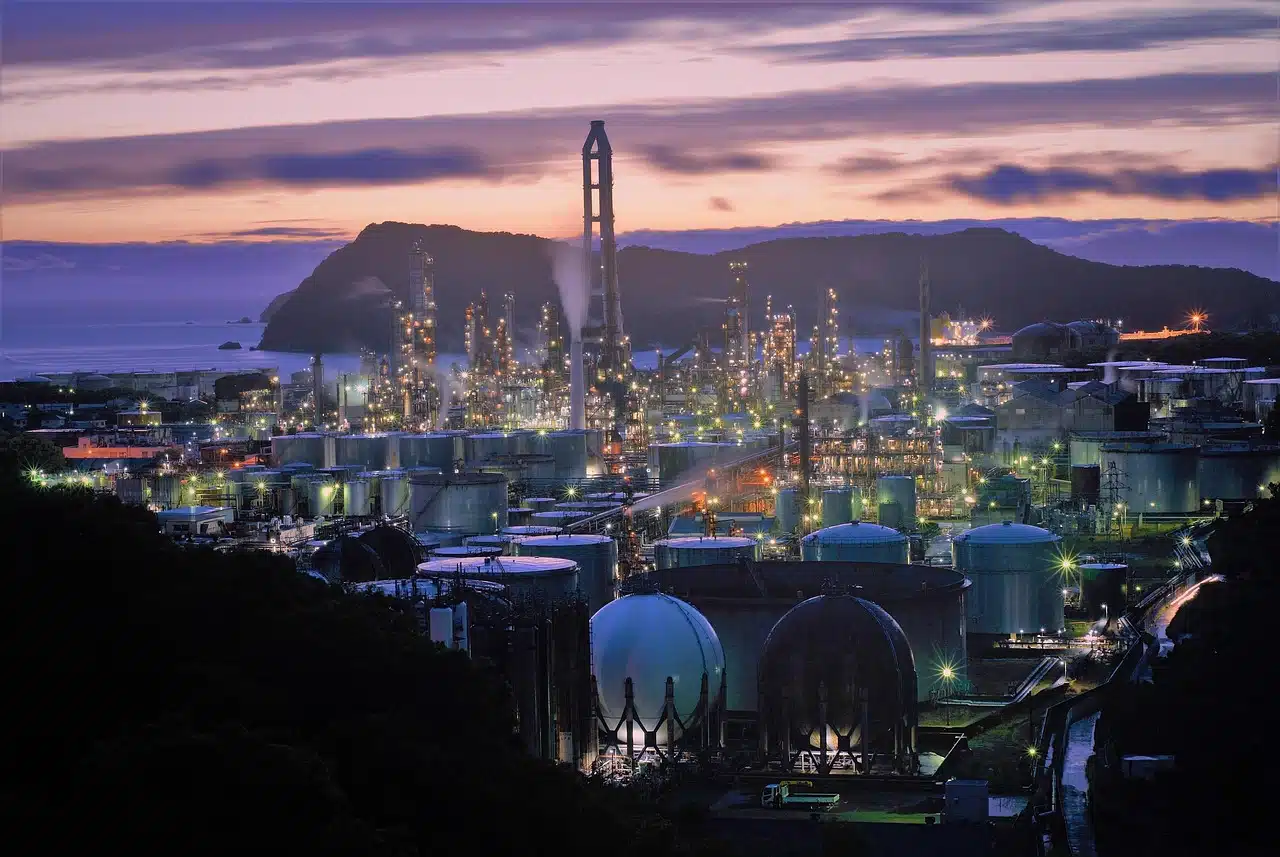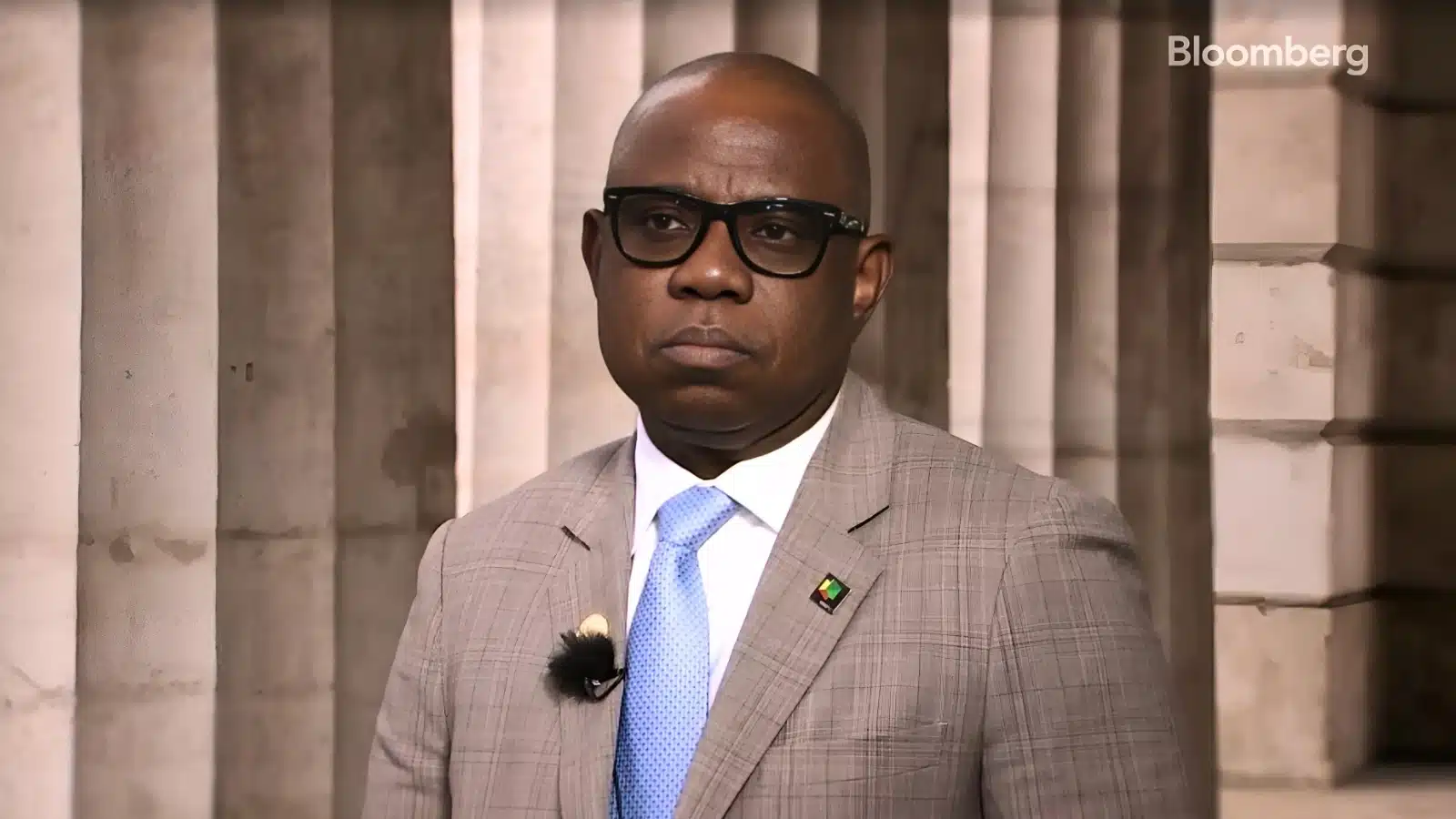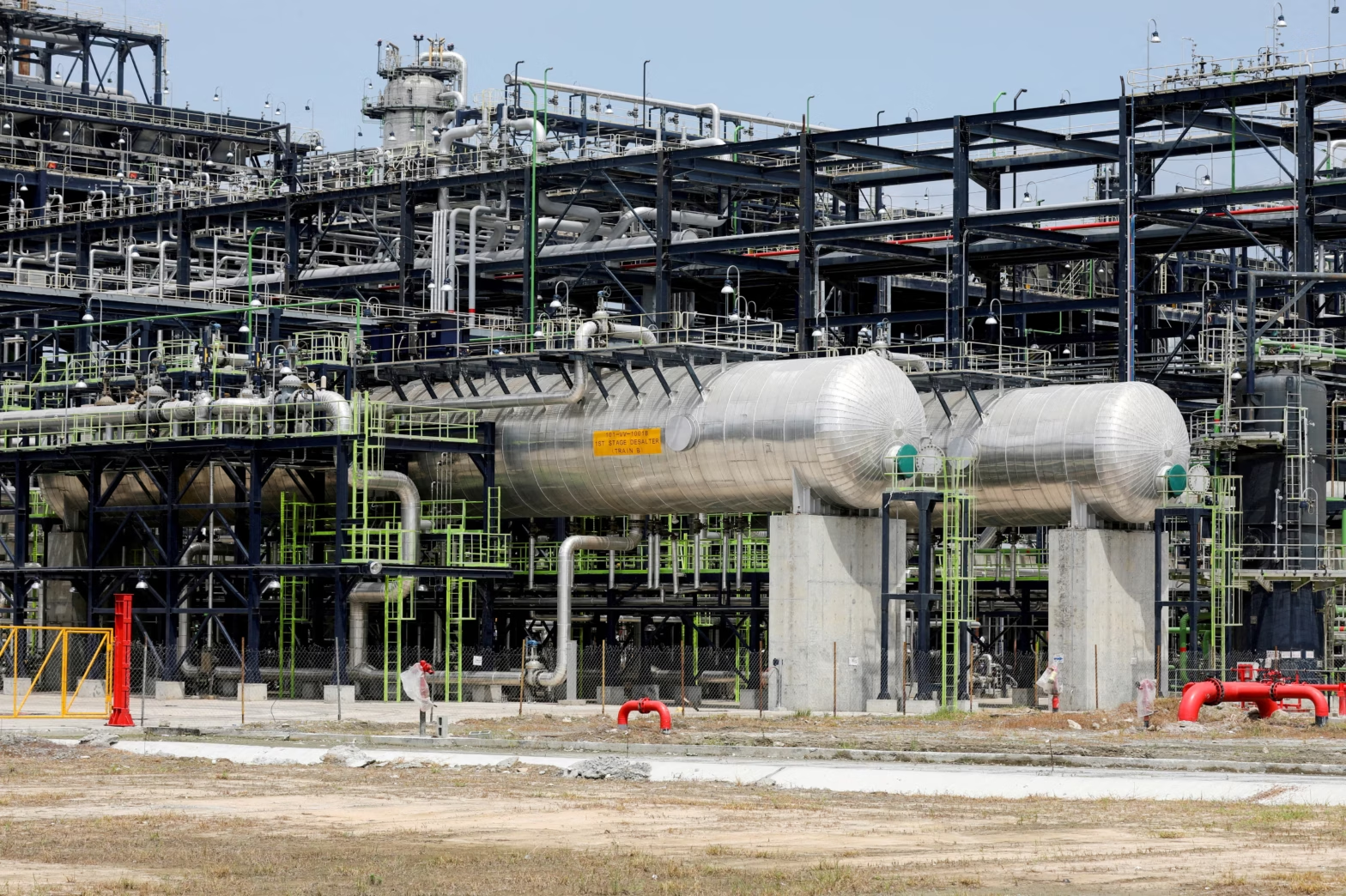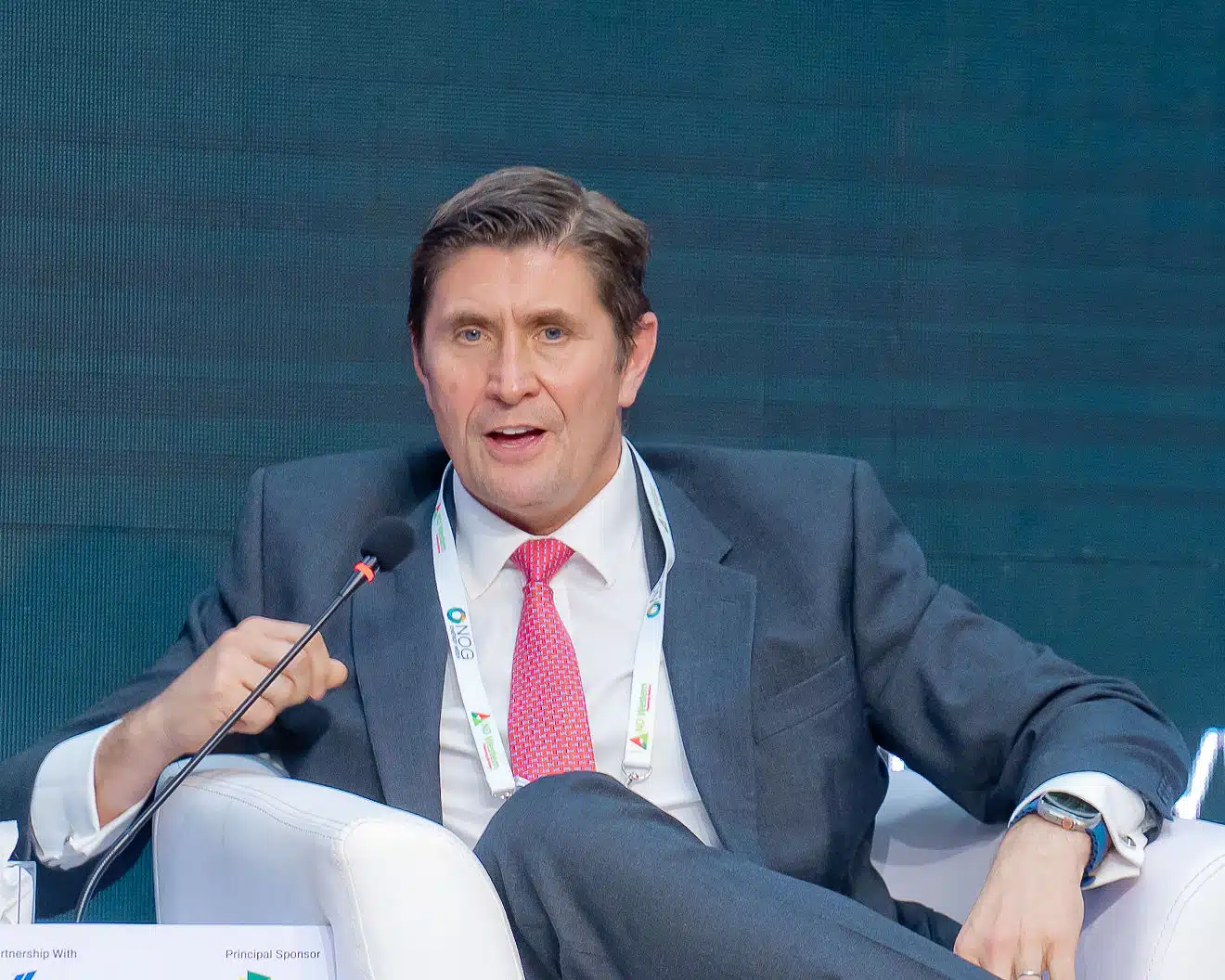In a significant step toward achieving Morocco’s green hydrogen ambitions, a government committee on Thursday approved six projects with a total investment of 319 billion dirhams ($31.9 billion).
Prime Minister Aziz Akhannouch, who chaired the steering committee meeting in Rabat, announced that five major investors had been selected to develop the projects across Morocco’s three southern regions, where development efforts have been fast-tracked.
The selected companies include the ORNX consortium — comprising the United States’ Ortus, Spain’s Acciona, and Germany’s Nordex — which will focus on producing green ammonia, the prime minister’s office said in a statement.
However, the statement did not provide further details on project timelines or funding sources.
A second consortium, formed by UAE-based Taqa and Spain’s Cepsa, was also approved to produce both ammonia and industrial fuel.
Moroccan company Nareva will invest in a comprehensive project encompassing ammonia, industrial fuel, and green steel production, while Saudi Arabia’s ACWA Power will concentrate solely on green steel manufacturing.
Additionally, a Chinese consortium made up of UEG and China Three Gorges will collaborate to establish ammonia production facilities.
The Moroccan government will provide each project with up to 30,000 hectares of land once a preliminary agreement is signed, the statement added.
The selection process was based on a “scientific and transparent methodology” designed to ensure balanced and sustainable partnerships between Morocco and the investors.
These newly approved projects build on two earlier agreements signed in October 2024 between Morocco and France. The agreements were witnessed by King Mohammed VI and French President Emmanuel Macron.
As part of that deal, France’s TotalEnergies partnered with the Moroccan government to develop green hydrogen.
Meanwhile, Engie teamed up with Moroccan phosphates and fertilizer giant OCP to produce ammonia from green hydrogen.
The Moroccan government hopes that green hydrogen will help meet the country’s domestic energy goals and boost exports to the European Union, despite facing some challenges with the latter.
The EU’s Green Deal, aimed at reducing carbon emissions, calls for the import of 10 million tons of renewable hydrogen by 2030.
In March 2024, Morocco issued a circular laying out the implementation framework for its green hydrogen strategy.
The first phase of this strategy would allocate 300,000 hectares to integrated projects, covering electricity generation from renewable sources, electrolysis, and the conversion of green hydrogen into ammonia, methanol, and synthetic fuels.
The country’s renewable hydrogen strategy aims to capitalize on Morocco’s strategic geographic location, diverse natural resources, and world-class infrastructure.
With abundant solar and wind potential, Morocco plans to increase the share of renewables in its installed power capacity from 45% currently to 52% by 2030.
Morocco, despite its huge gas reserves, is seen as a leader in renewable power in Africa.
In February, Morocco’s central bank joined forces with partners like the African Development Bank (AfDB) and Africa50 to back a $500 million fund aimed at expanding electricity access and combating climate change across the continent.
Morocco is also the endpoint of the Africa Atlantic Gas Pipeline project, which is planned to transport natural gas from Nigeria through several West African states to North Africa and Europe.









